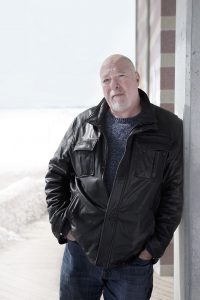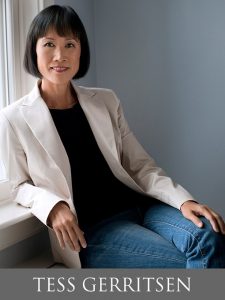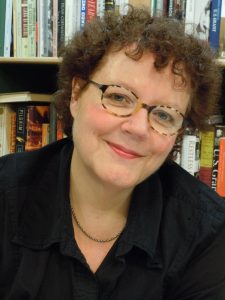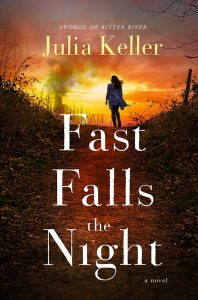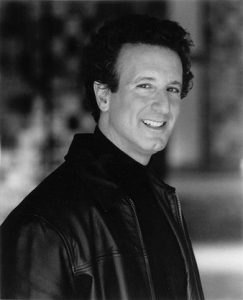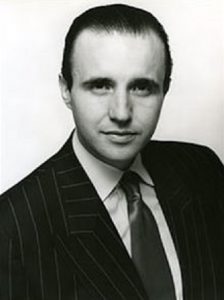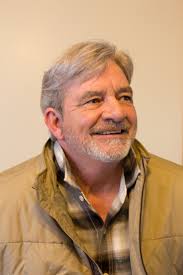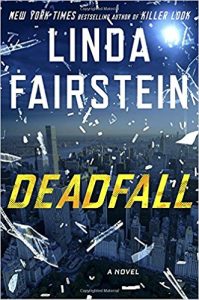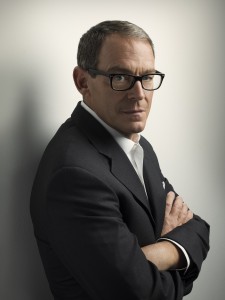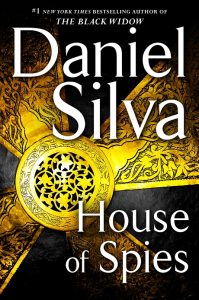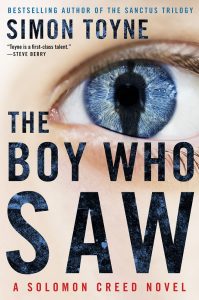Holly Goddard Jones, the author of The Next Time You See Me, received the Fellowship of Southern Writers’ Hillsdale Award for Fiction and the Rona Jaffe Foundation Writers’ Award. She received her BA from the University of Kentucky and her MFA from Ohio State University. She teaches creative writing at UNC Greensboro.
The Salt Line is set in an undisclosed future. The U.S. has been divided into zones with metropolitan areas behind “salt lines,” rings of scorched earth to protect people from a deadly disease-carrying tick. People behind massive walls inside the salt line live a safe and comfortable life. Only adrenaline junkies venture beyond the lines into the American wilderness. When one group of thrill seekers ventures beyond the line, they find themselves not only facing deadly ticks, but are held captive by a community of outer-zone survivors determined to protect their own existence.
scorched earth to protect people from a deadly disease-carrying tick. People behind massive walls inside the salt line live a safe and comfortable life. Only adrenaline junkies venture beyond the lines into the American wilderness. When one group of thrill seekers ventures beyond the line, they find themselves not only facing deadly ticks, but are held captive by a community of outer-zone survivors determined to protect their own existence.
What made you choose to make ticks such a deadly force in a dystopian novel?
I’d finished my last novel in the summer of 2012 and was between projects. I’d read Scott Smith’s novel, The Ruins, which is a horror novel. I’d never written in the horror genre, and thought it would be fun to do between more ‘serious’ projects. I was in Tennessee and spent a lot of time hiking the trails. I was trying to think of a monster that was small in scale and an everyday phenomenon—one that takes you by surprise. Ticks seemed like a good choice. The feeling I had when I suspected I had a tick on myself was probably the closest I’d ever gotten in real life to that of feeling a monster was behind the door.
The book started out as sort of horror story with four characters going into the woods. But, because I was inexperienced in horror fiction, I began writing in a more literary style. When I started going down that path, I began adding dystopian elements into the story. I really sort of backed into the notion of these ticks having such deadly powers because I was trying to justify the horror element of the novel. Then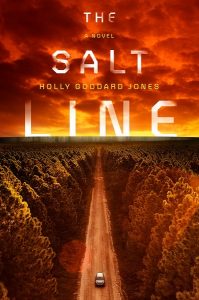 , the dystopian aspect of the novel took over.
, the dystopian aspect of the novel took over.
One can’t help but think of real-life current events when reading “The Salt Line.” Will you talk about that?
I started the novel in 2012, and finished the rough draft in 2015. I was influenced by the events in the news at the time, such as the Ebola epidemic and the notion of protective walls, which go back to ancient times. There were discussions in the news about the relationship between Mexico and the U.S. and drug trafficking. I was looking at that long before Trump became a serious political candidate and the notion of building a wall became part of the news.
In 2016, while revising the novel, Trump became a viable candidate for president. There were already coincidental elements in the book that paralleled things playing out on the national stage, but as I revised the novel, I incorporated more current events into the story. Seeing Trump get the Republican nomination influenced my portrayal of the characters in the book.
Your previous novel, “The Next Time You See Me” is more of a thriller/suspense read as compared to “The Salt Line” which is more dystopian. How did writing this novel compare to or differ from your earlier work?
I’ve been creeping toward genre writing over the course of my writing career. My first book was a collection of short stories with some crime elements. They were somewhat literary with dark themes, but they were handled in a conventual literary way. When I was younger, I read a great deal of genre fiction, but in graduate school, literary fiction was emphasized, so I got away from genre fiction both as a reader and as a writer. With The Next Time You See Me, I still approached writing in a literary way, but when I wrote The Salt Line, I knew much more about the craft of writing speculative fiction. In both books, I enjoyed writing in the third person and doing ensemble points of view in the narratives. I love getting into the heads of characters who aren’t obviously like me—that remained the same in the two books.
Your prose is quite lyrical. Who are your literary influences?
Margaret Atwood, who tries many different modes of writing, inspires me as a writer. From one novel to another, she may write speculative fiction, a thriller, or historical literary fiction. She’s one of my biggest inspirations. I love her work.
I grew up reading a lot of Stephen King’s books, and he’s also influenced my work.
Who are the novelists you enjoy reading these days?
Lately, I’ve been gulping down books. I’ve read all of Tana French’s books. I’ve enjoyed Fiona Barton’s two novels. I feel she has something of a Kate Atkinson vibe. I’ve been reading Ruth Ware’s books and loved Otessa Moshsegh’s book, Eileen.
If you could re-read any one novel as though reading it for the first time, which one would it be?
There are books you read when you’re young and unformed, like Stephen King’s The Stand. I adored it, but I think if I read it for the first time now, some of its magic would not work for me—especially the portrayals of women. I think the book I’d want to re-read would be either Cat’s Eye or Oryx and Crake by Margaret Atwood.
What’s coming next from Holly Goddard Jones?
I have a contract for a book connected to The Salt Line. It’s not a sequel, but it’s set in the same world, with a different set of characters.
Congratulations on writing “The Salt Line,” a deeply imagined, dystopian novel with beautiful prose and a superb understanding of human psychology.
.





